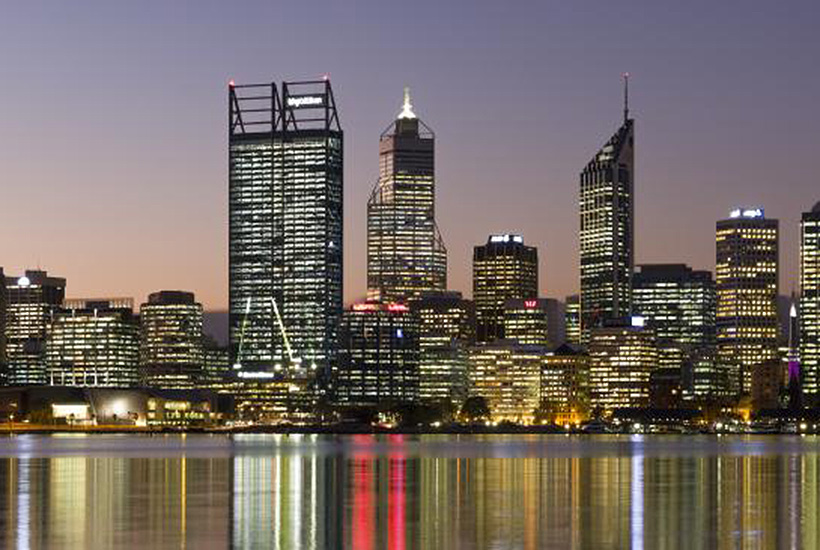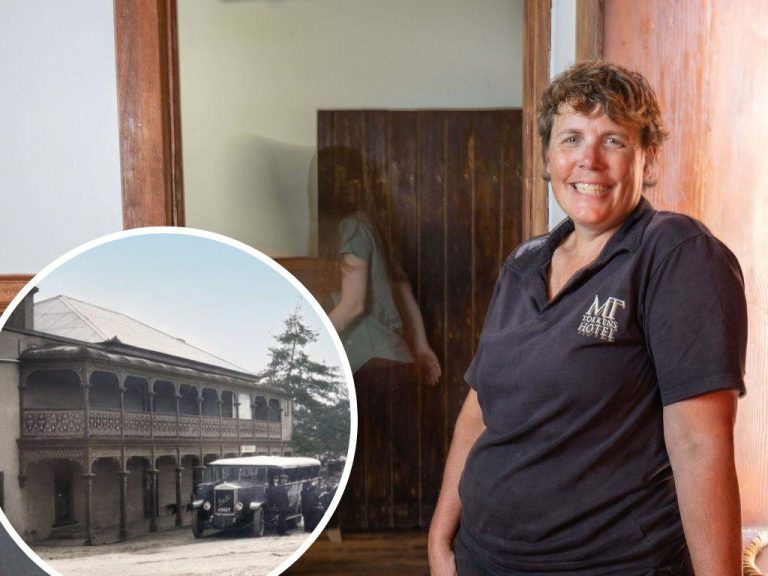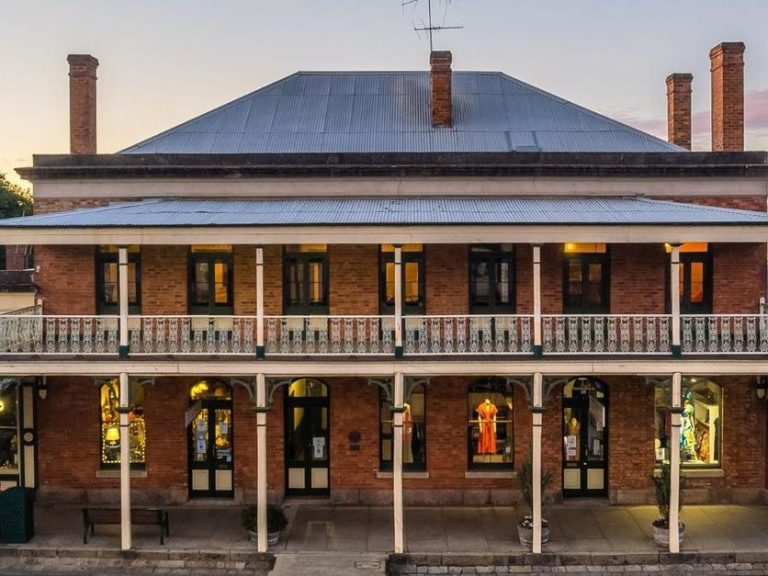Office landlords enjoy new lease on life

Improving office leasing markets in the nation’s resources capitals and the rise of co-working tenants in eastern seaboard central business districts are driving expectations that markets will favour landlords.
The emergence of Perth as the standout CBD office market for office leasing growth and Melbourne’s march towards a vacancy rate of less than 3% — partly as co-working hubs flock to the city — were identified as key trends by CBRE associate director, research, Ben Martin-Henry.
Perth’s declining vacancy rate has underpinned face rental growth in the city for the first time since 2013, with rents up by 10.2% in the 12 months to June 30.
Commercial Insights: Subscribe to receive the latest news and updates
This was in “stark contrast” to the earlier soft conditions as WA had struggled to bounce back from the decline in the mining sector, Martin-Henry says.
“Signs that this turnaround won’t be short-lived are encouraging as both vacancy and incentives have declined significantly as demand for prime office space picks up,” he says.
The Victorian capital had been aided by 6.4% growth in white collar employment and the market had 3.5% net effective rental growth in the June quarter.
“Landlords are doing well to take advantage of the strong conditions before the supply glut hits the market in the next few years which will undoubtedly put pressure on vacancy and rents,” Martin-Henry says.
Sydney’s leasing market is still in a state of flux as tenants weigh up options as a major stock surge, albeit smaller than Melbourne, is expected over the next two years.
Martin-Henry forecast a divergence in vacancies levels between prime and secondary stock over the remainder of the year.
“Markets such as Brisbane, Perth and Canberra are experiencing significant flight-to-quality conditions as tenants seek to take advantage of the opportunities on offer before they dry up,” he says.
Sydney and Melbourne are seeing less divergence due to their low vacancy rates but it may emerge later in 2019.
Colliers International national director, office leasing, Cameron Williams, says the continued growth of the flexible work space providers in the Sydney CBD is having a positive impact.
Co-working groups were committing to much larger spaces of more than 10,000sq m and were also active at the smaller end. The wave of new towers may also help loosen up the tight market.
“New future supply in the Sydney CBD is mostly being delivered at the premium end of the market, backfills from commitments to the new projects will provide some relief to the market at the value end but opportunities will be limited,” Mr Williams said.
JLL head of office leasing, Tim O’Connor, says leasing markets had been varied and demand in Melbourne was among the strongest. He says Sydney’s low vacancy rate tells only part of the story with the NSW and federal elections slowing deal-making in the first half.
“Perth has been a lot busier over the first half of this year, with a flight to quality and centralisation being the key themes,” O’Connor says.
This article originally appeared on www.theaustralian.com.au/property.







